Regina v. Hicklin, L.R. 3 Q.B. 360 (1868)
SECONDARY_KEYWORDS: L.R. 3 Q.B. 360, obscene publications, freedom of expression, vulnerable readers

Quick Summary
This case answers a basic question: Were the pamphlets obscene? The court said yes. The rule it set is famous as the Hicklin test: ask whether the material tends to deprave and corrupt those open to immoral influence, especially vulnerable readers. Good motives cannot excuse an unlawful means.
Issues
- Whether the pamphlets titled “The Confessional Unmasked” could be considered obscene.
Rules
- Hicklin Test: The test of obscenity is whether the matter tends to deprave and corrupt those whose minds are open to such influence and into whose hands it may fall.
- Motive vs Means: A good purpose cannot justify an unlawful, obscene publication; the effect on readers is decisive.
Focus on effect on susceptible readers, not merely author’s intent.
Facts (Timeline)

Arguments
Appellant (Seller)
- Purpose was to expose wrongdoing and push for reform.
- Any explicit content served a greater good, not prurient interest.
Respondent (Crown)
- Publication’s effect is corrupting; motive is irrelevant if content is obscene.
- Material would suggest impure thoughts to vulnerable readers, including youth.
Judgment

Held: The pamphlets were obscene. The court said they would put impure, libidinous thoughts into the minds of young and susceptible readers. The intention to do good was immaterial; the law forbids publishing an obscene work.
Ratio Decidendi
The legal test is the tendency of the material: if it is likely to deprave and corrupt those open to such influence, it is obscene. Purpose does not cure effect.
Why It Matters
- Established an early and influential standard for obscenity analysis.
- Shifts focus from author’s motive to reader impact, especially on vulnerable groups.
- Important for understanding the evolution of speech regulation.
Key Takeaways
- Hicklin test: Look at corrupting tendency on susceptible readers.
- Motive immaterial: “Good end” cannot justify unlawful means.
- Outcome: Pamphlets held obscene and unlawful.
Mnemonic + 3-Step Hook
Mnemonic: “Tend to Corrupt, Intent Doesn’t Interrupt.”
- Tend: Ask about tendency to deprave and corrupt.
- Corrupt: Focus on vulnerable readers, not just average adults.
- Intent Doesn’t Interrupt: Good motive cannot sanitize obscenity.
IRAC Outline
Issue: Are the pamphlets obscene under the law?
Rule: Hicklin test—tendency to deprave and corrupt susceptible minds.
Application: Explicit passages likely to implant impure thoughts in youth and vulnerable readers; intention to reform is irrelevant.
Conclusion: Pamphlets are obscene; publication unlawful.
Glossary
- Obscene
- Material that tends to deprave and corrupt susceptible readers.
- Tendency
- Likely effect on readers, not just isolated intent of the author.
- Vulnerable Readers
- Those open to immoral influence (e.g., youth), central to the Hicklin test.
FAQs
Related Cases
Obscenity Doctrine — Primer
From Hicklin’s focus on vulnerable readers to modern “work-as-a-whole” tests.
Speech Regulation Exam NotesComparative Tests
How standards evolved in different jurisdictions after Hicklin.
Comparative Law Free SpeechShare
Related Post
Tags
Archive
Popular & Recent Post






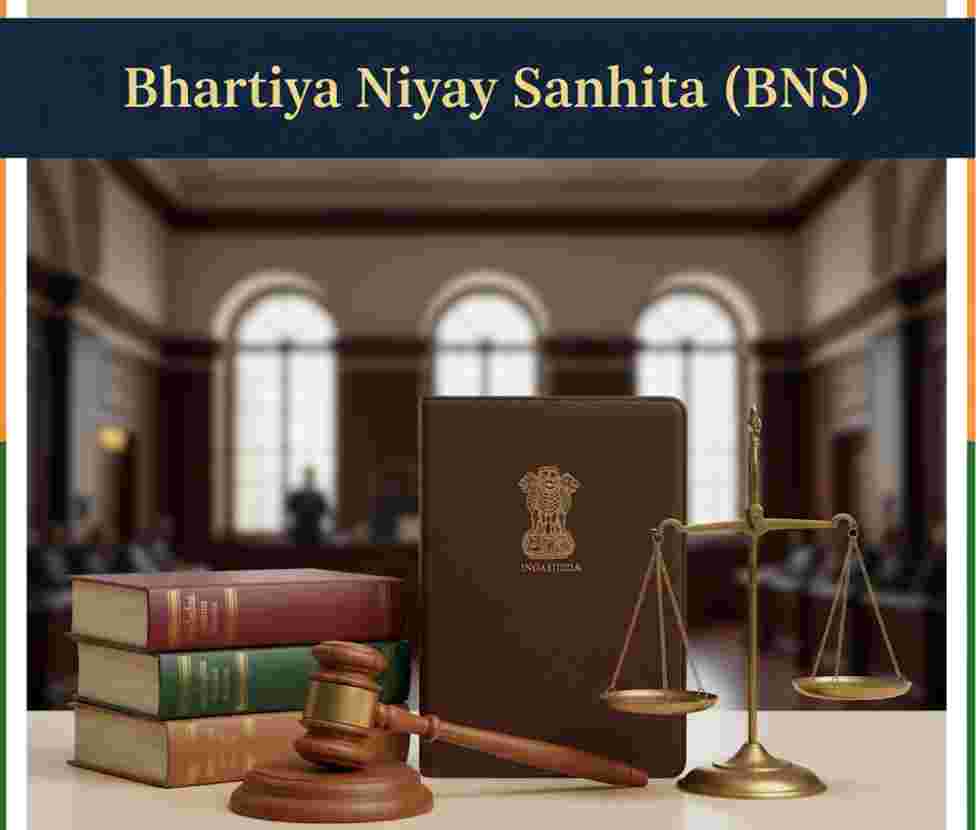

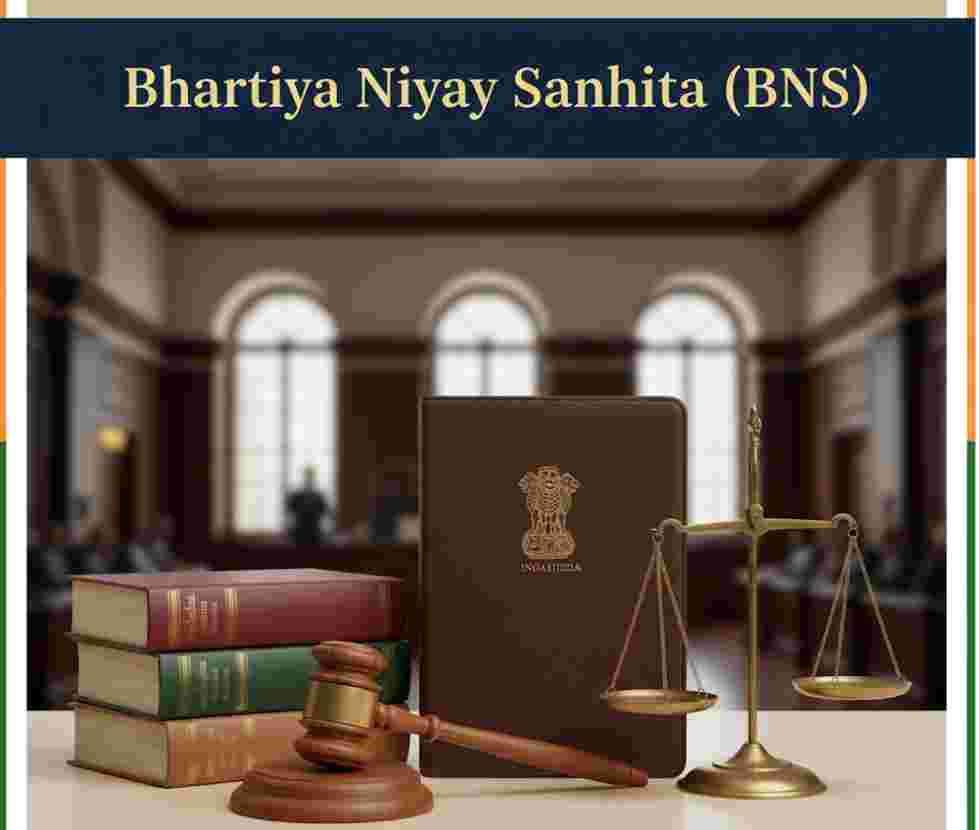
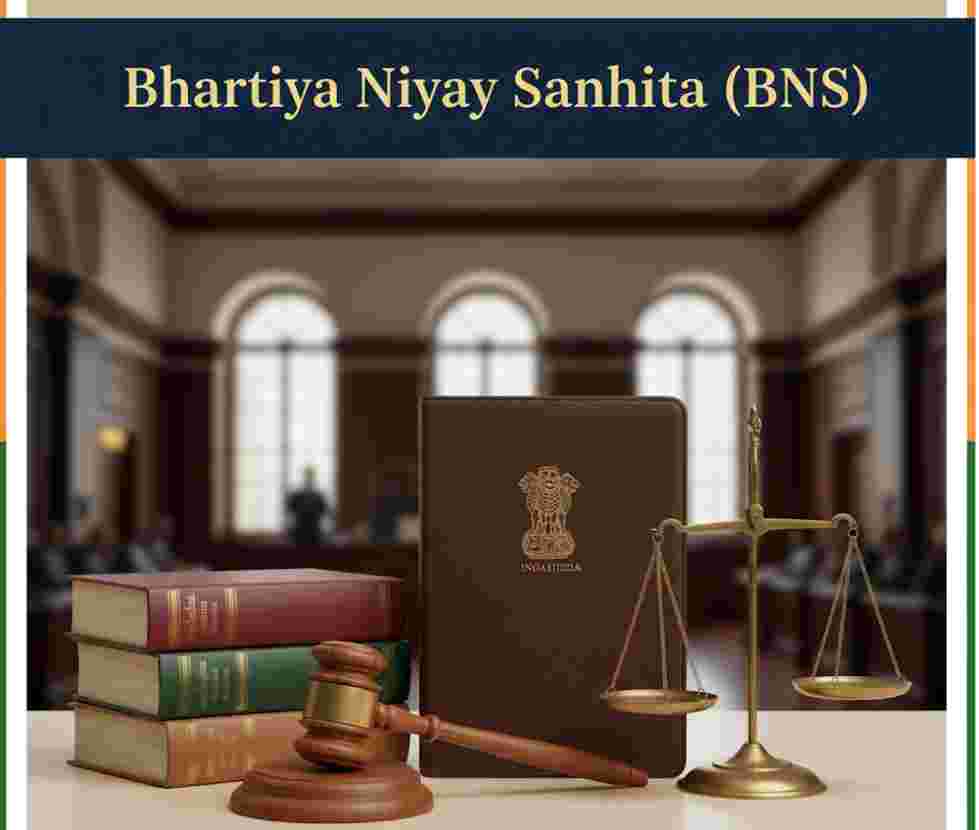
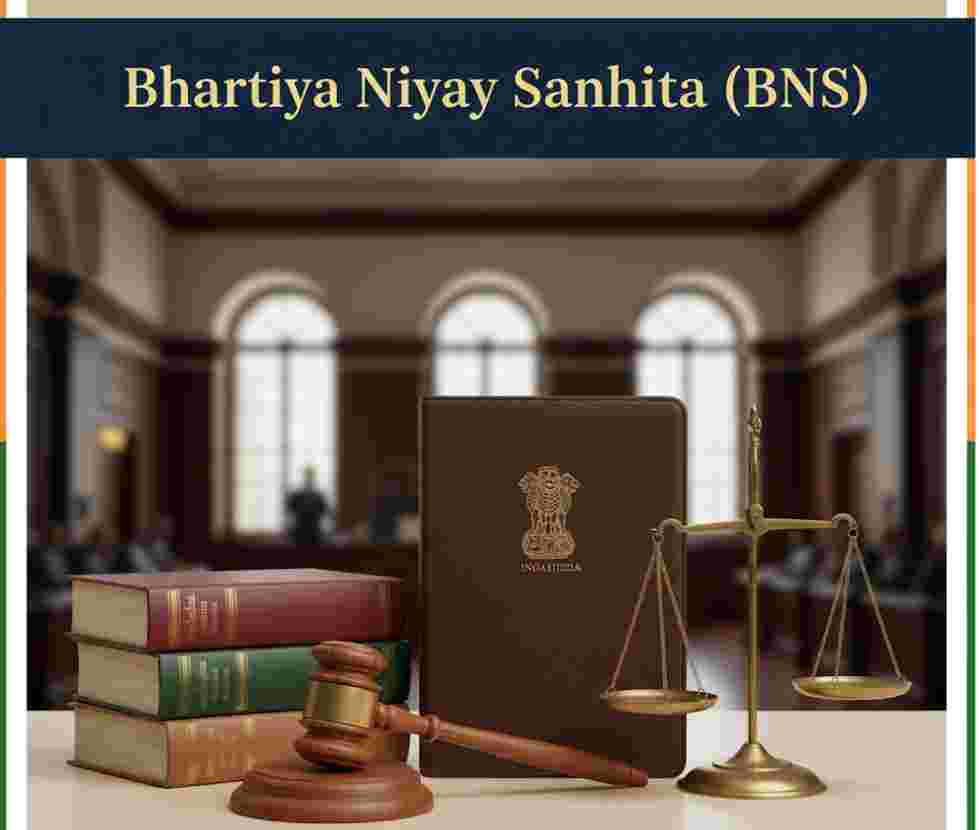
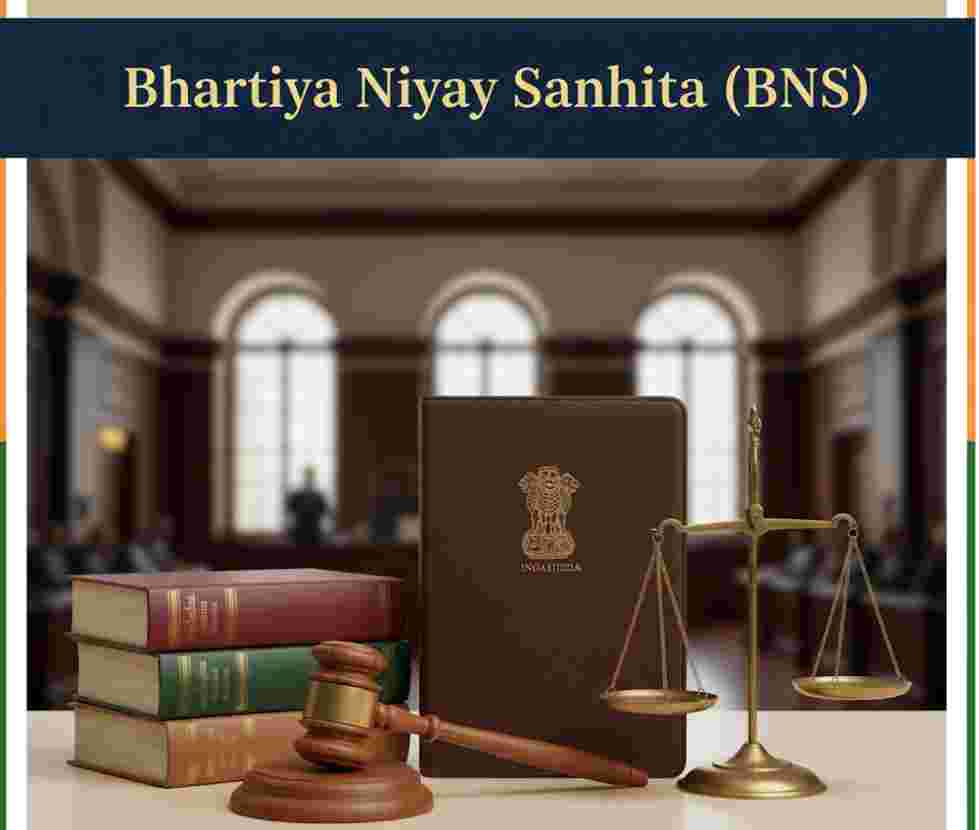
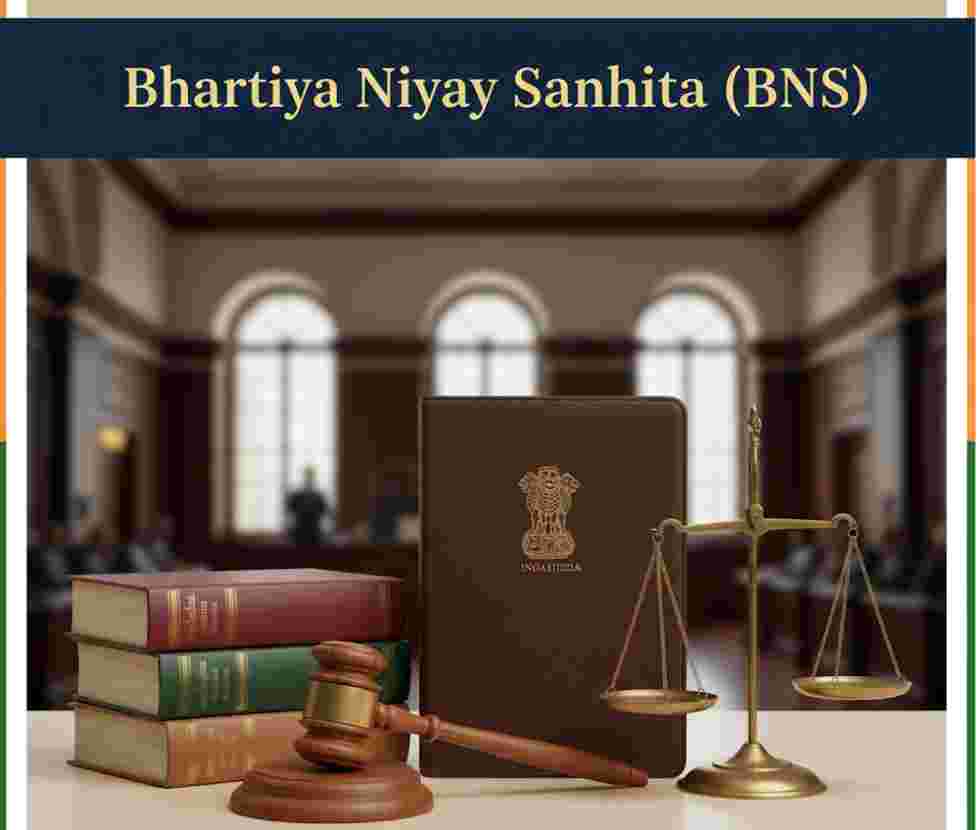

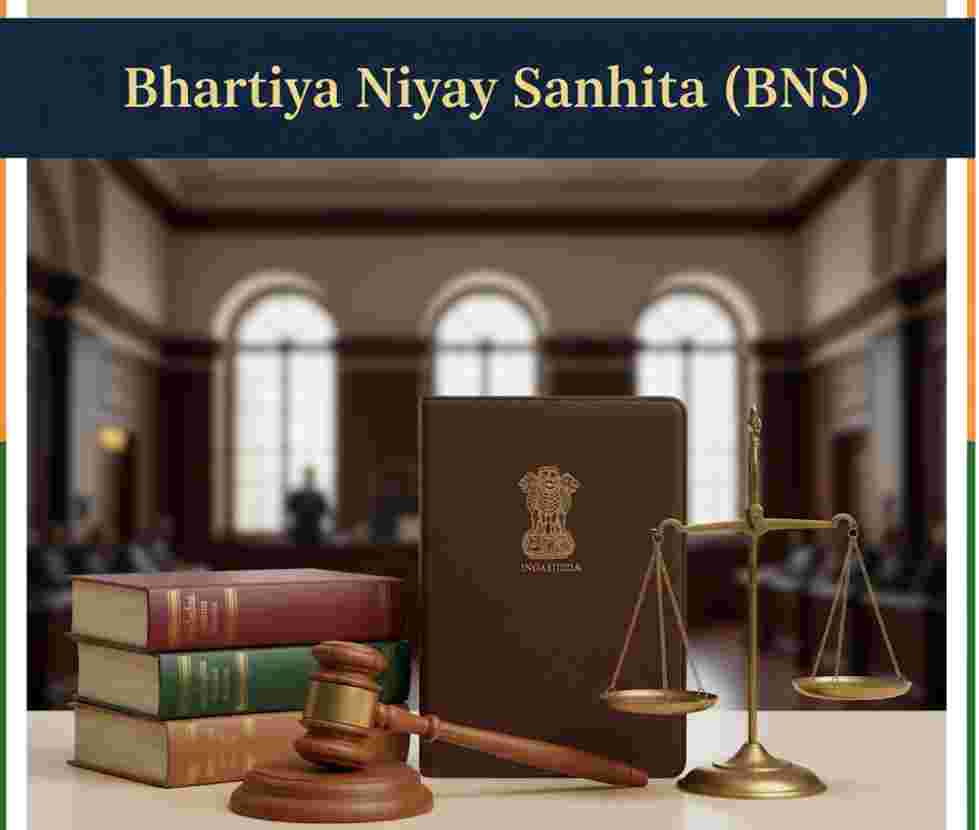

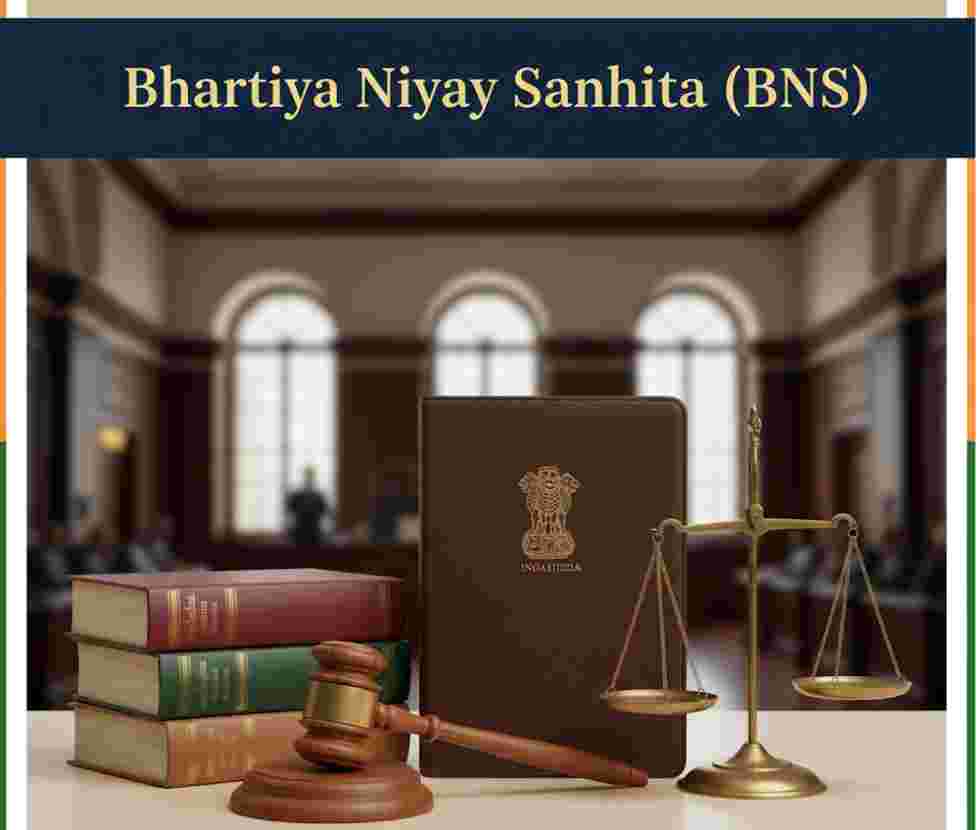
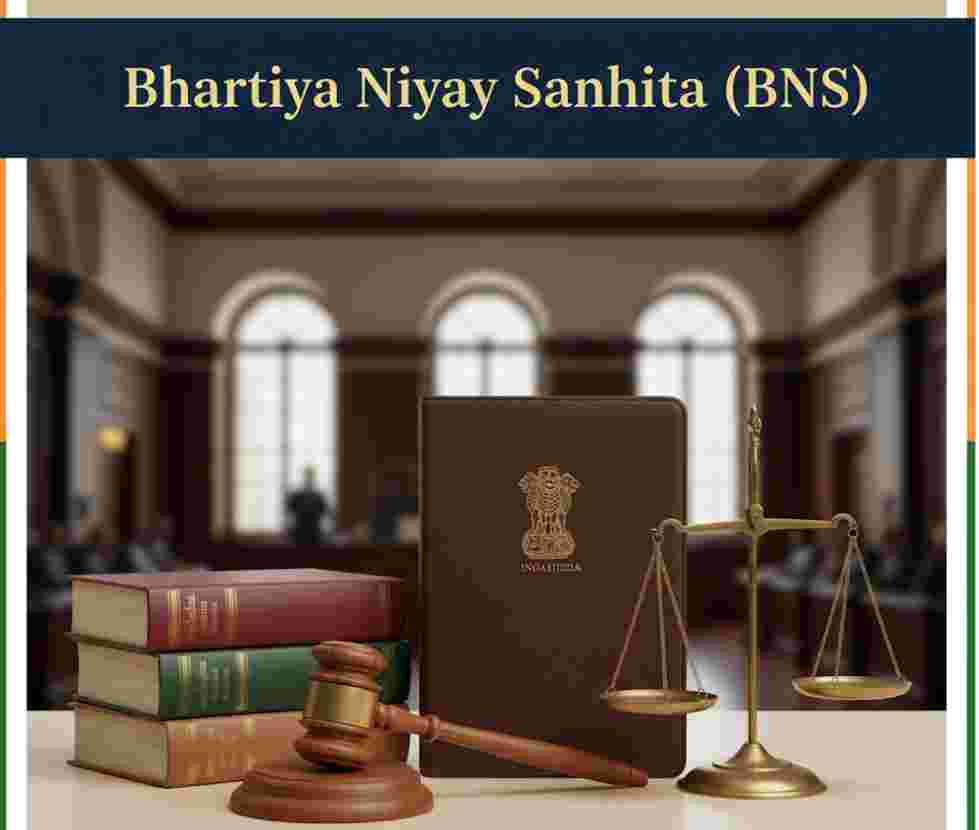
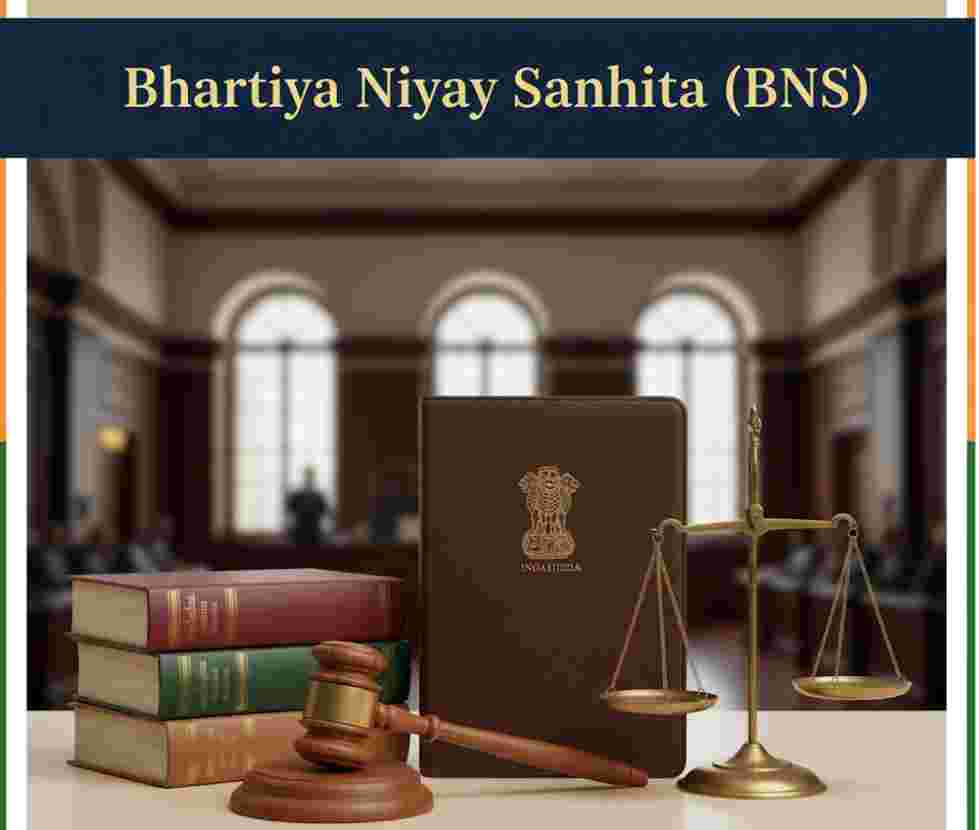
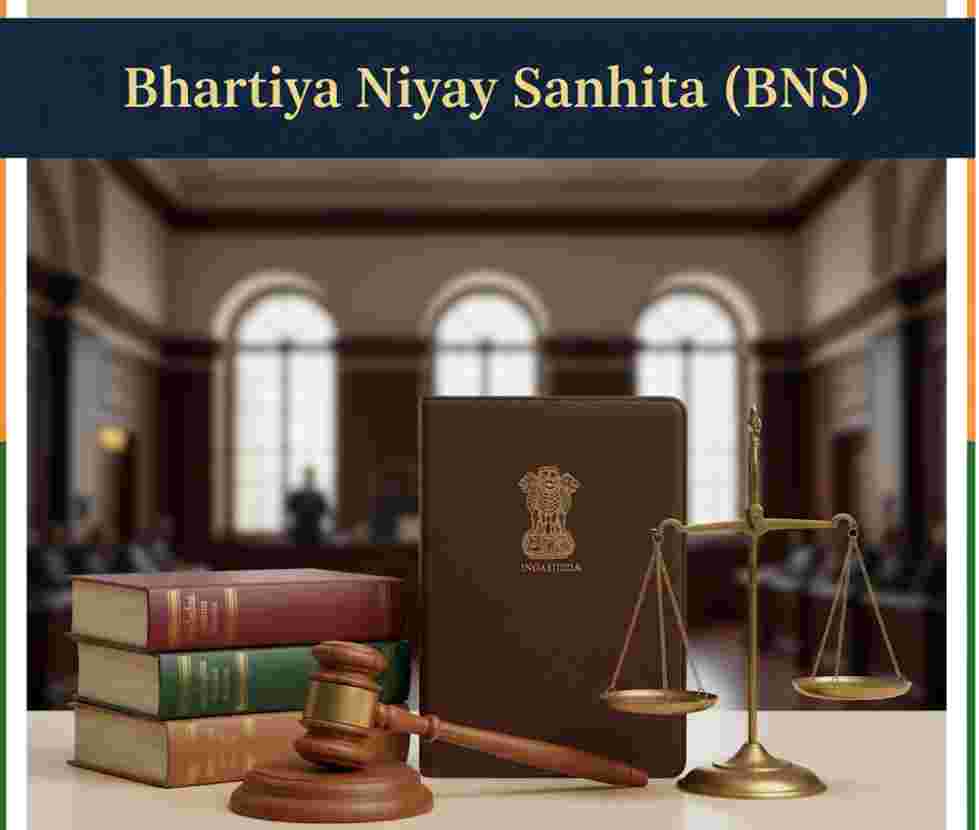
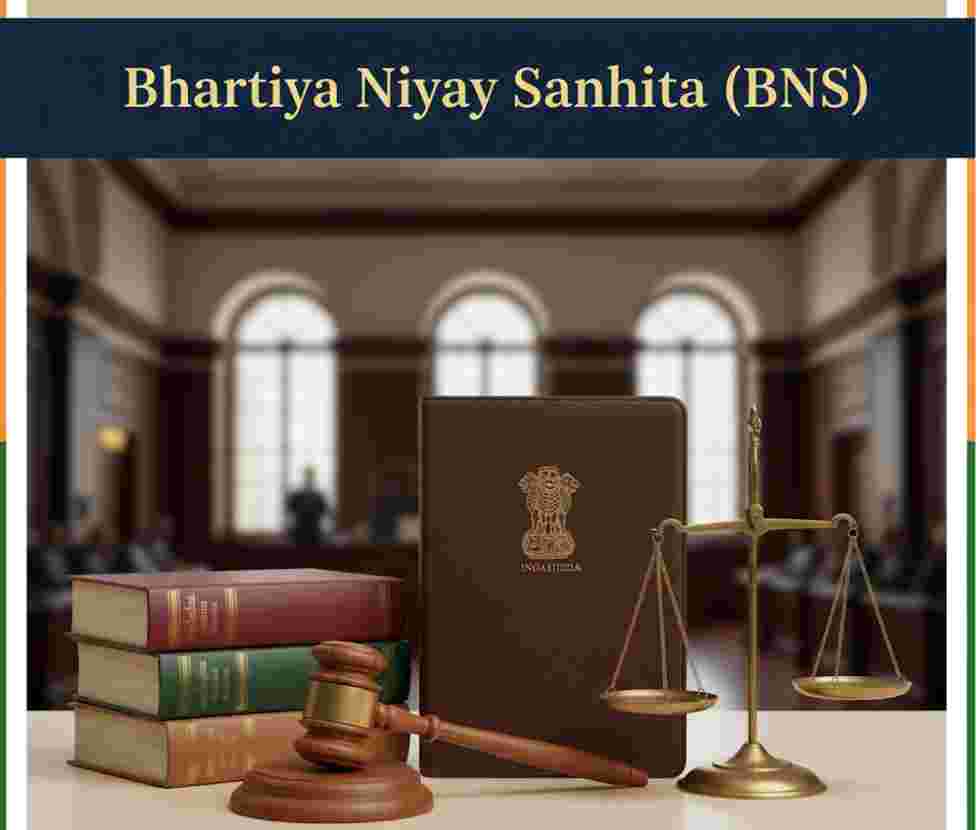
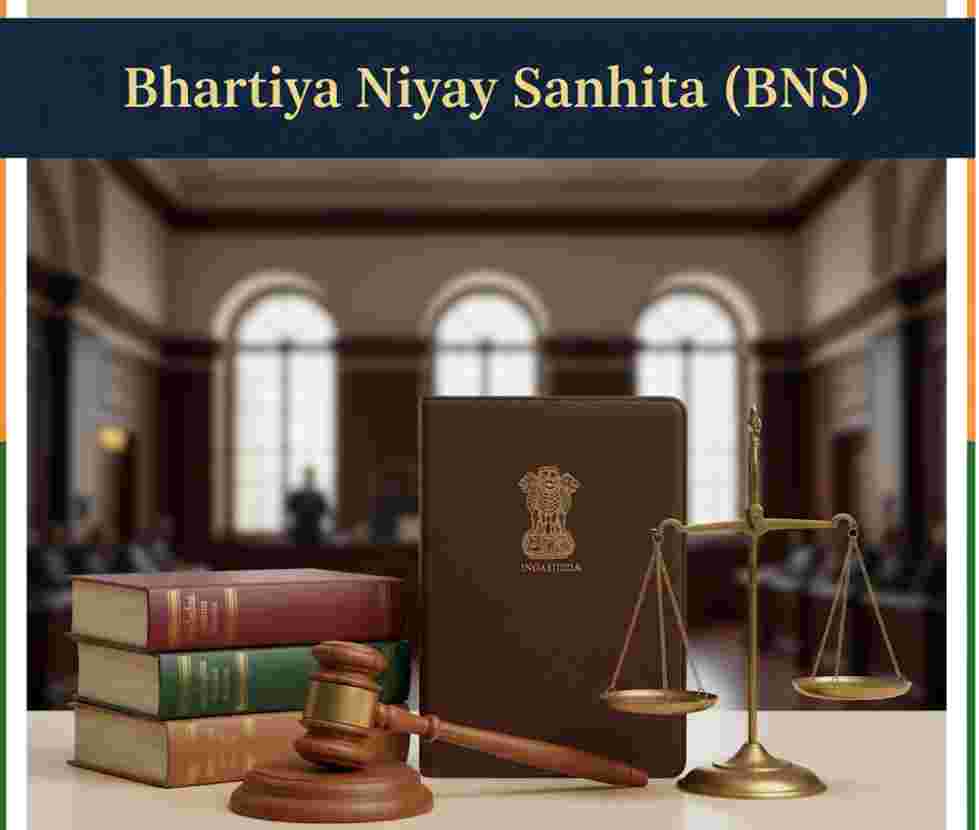
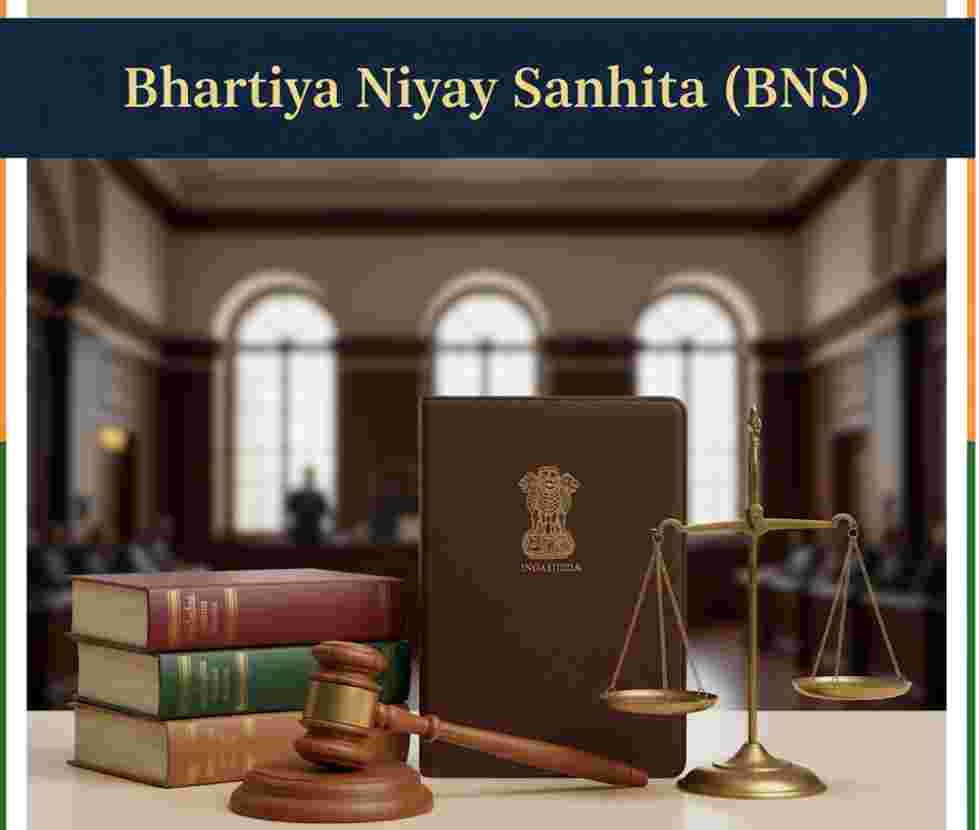

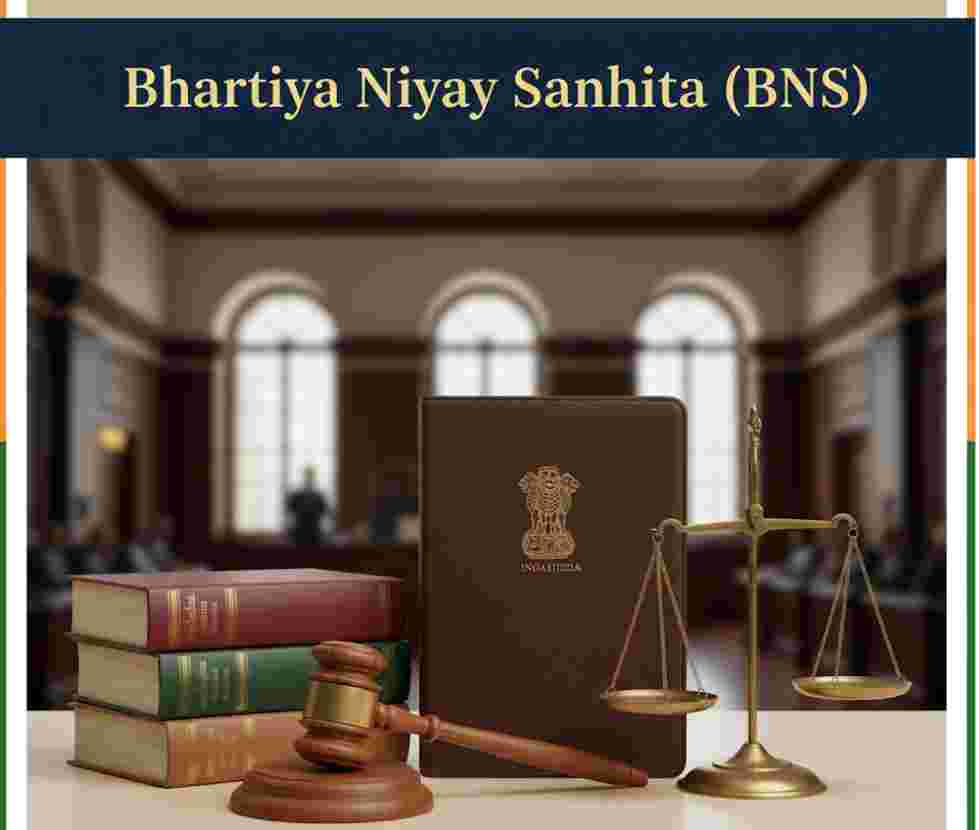
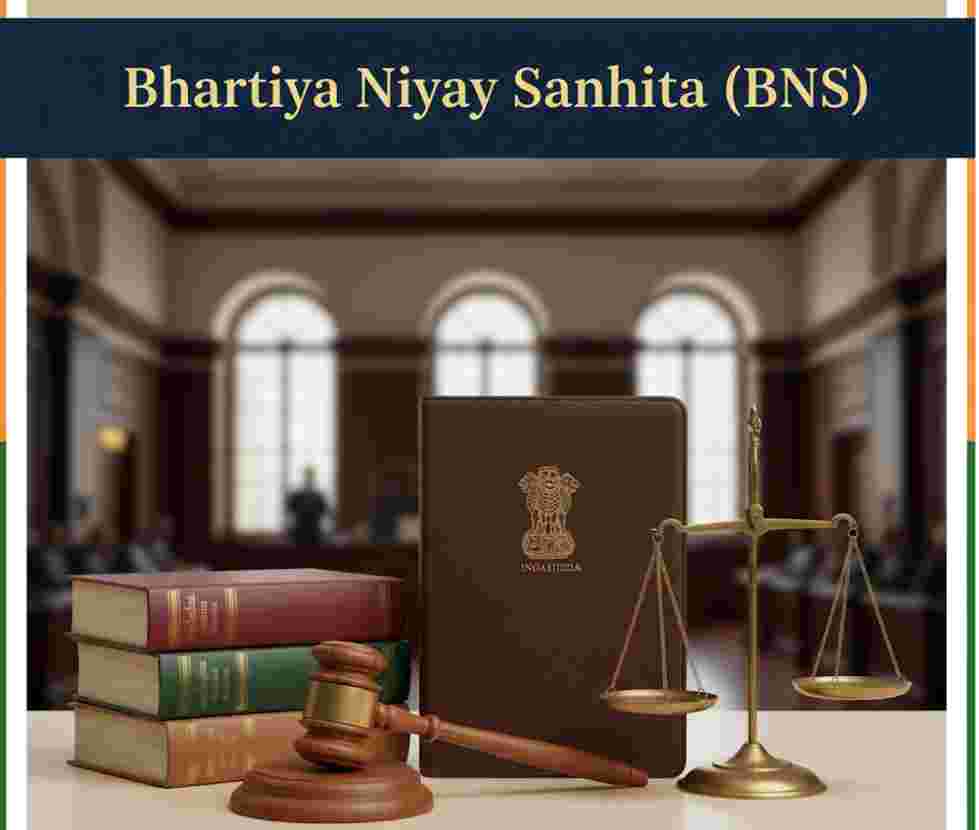
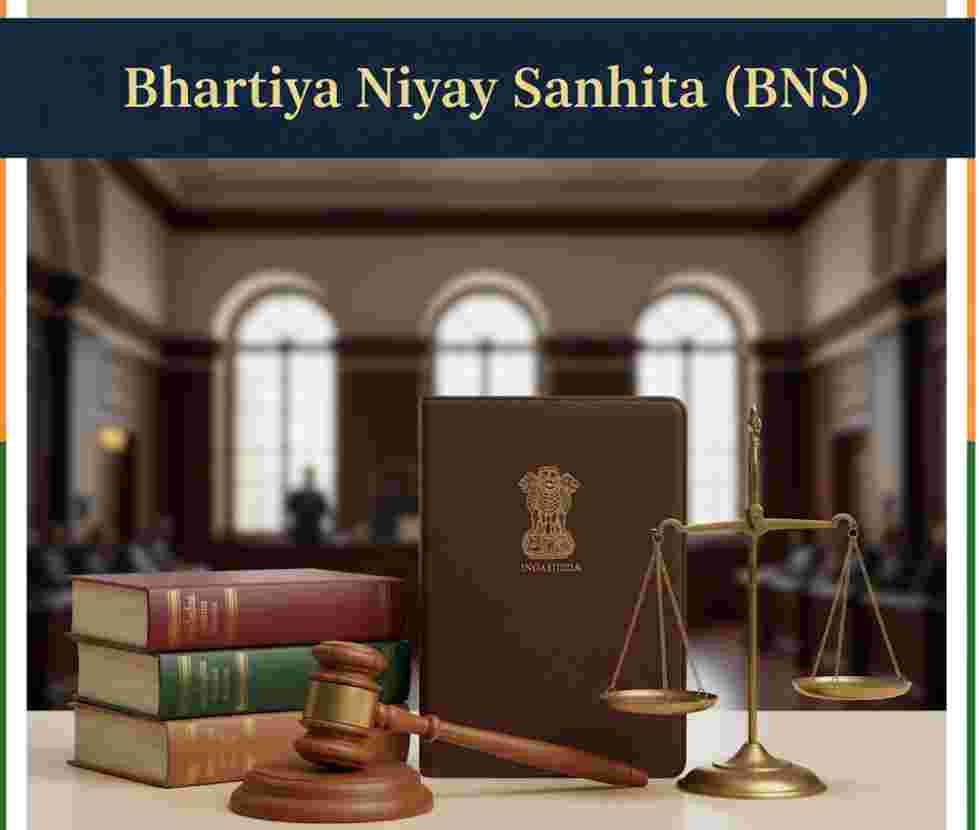
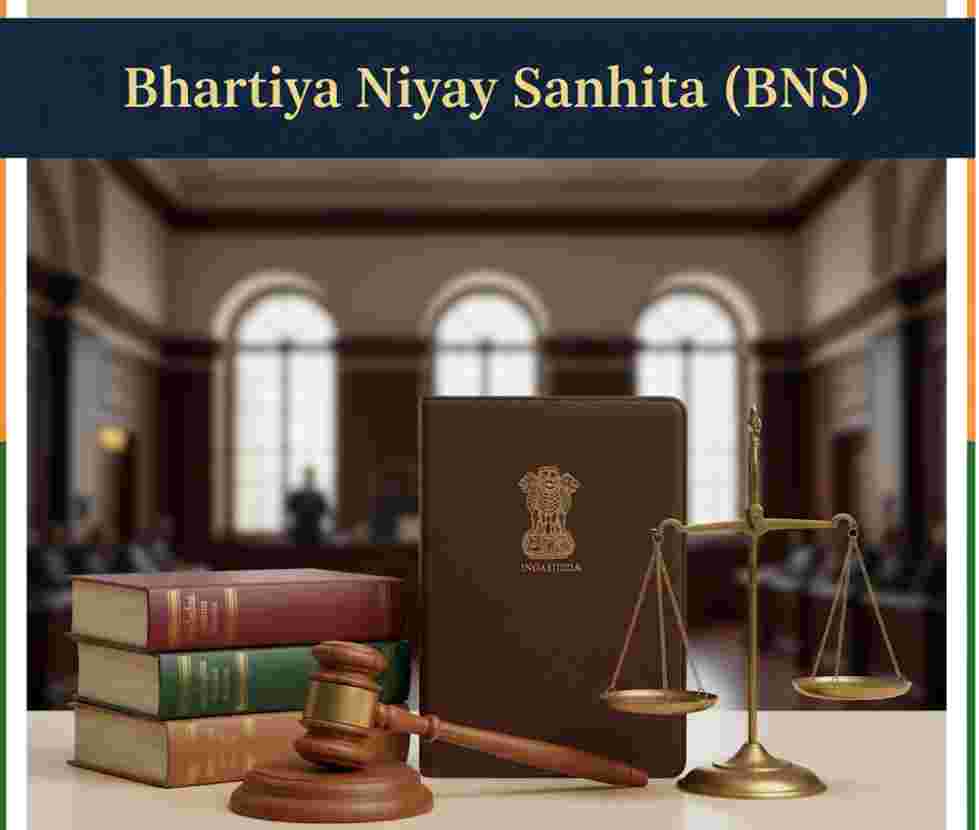
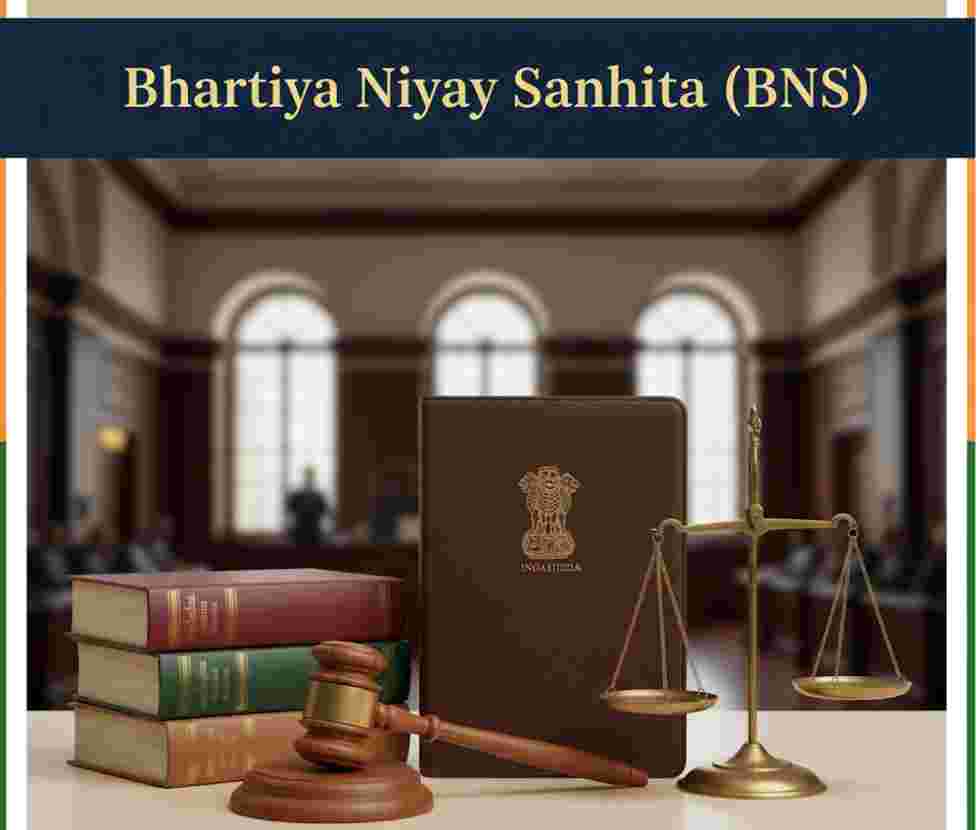


































































































Comment
Nothing for now